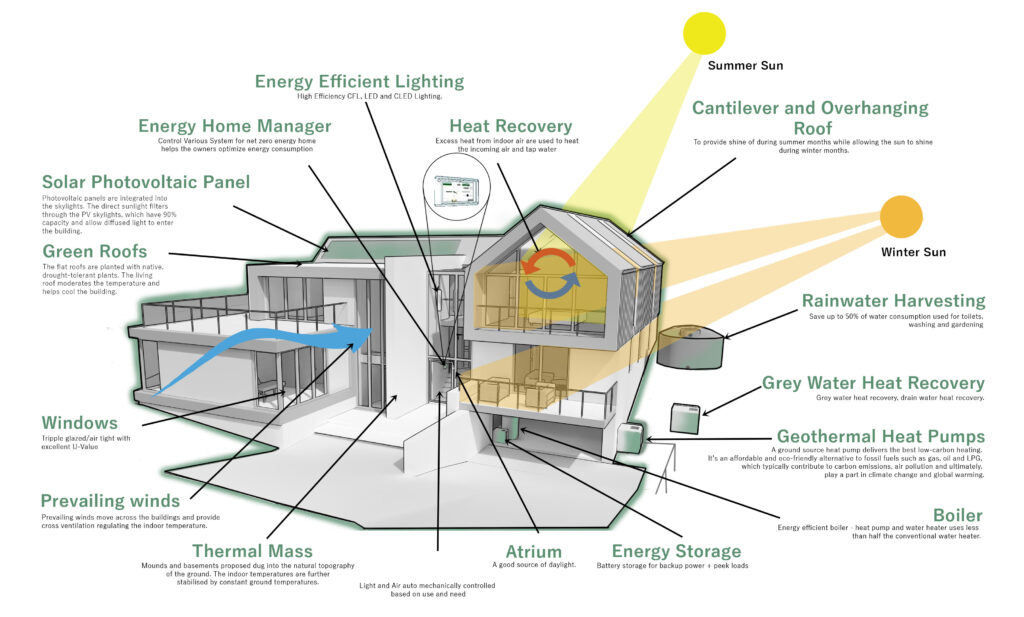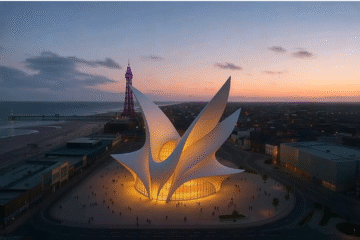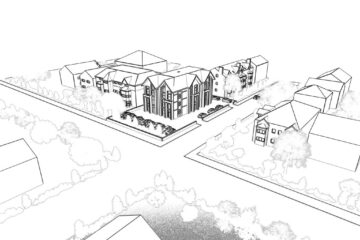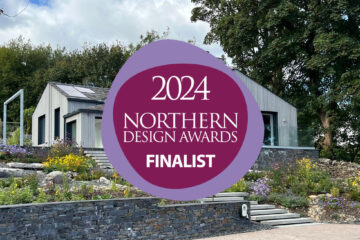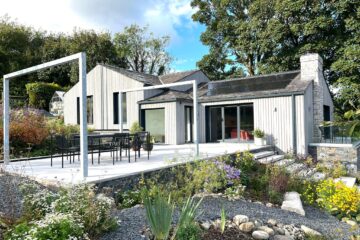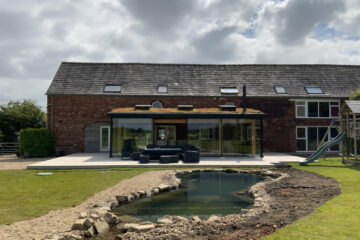The foundation of any successful project lies in the thorough understanding of its site.
At Carter's Building Consultancy, we recognise the paramount importance of site analysis in shaping architectural projects that seamlessly integrate with their surroundings and fulfil the needs of their occupants.
Site analysis serves as the cornerstone of the architectural design process, providing architects with invaluable insights into the unique characteristics, challenges, and opportunities presented by a given site.
By conducting a comprehensive analysis, architects can optimise the design to harmonise with the natural environment, maximise functionality, and enhance sustainability.
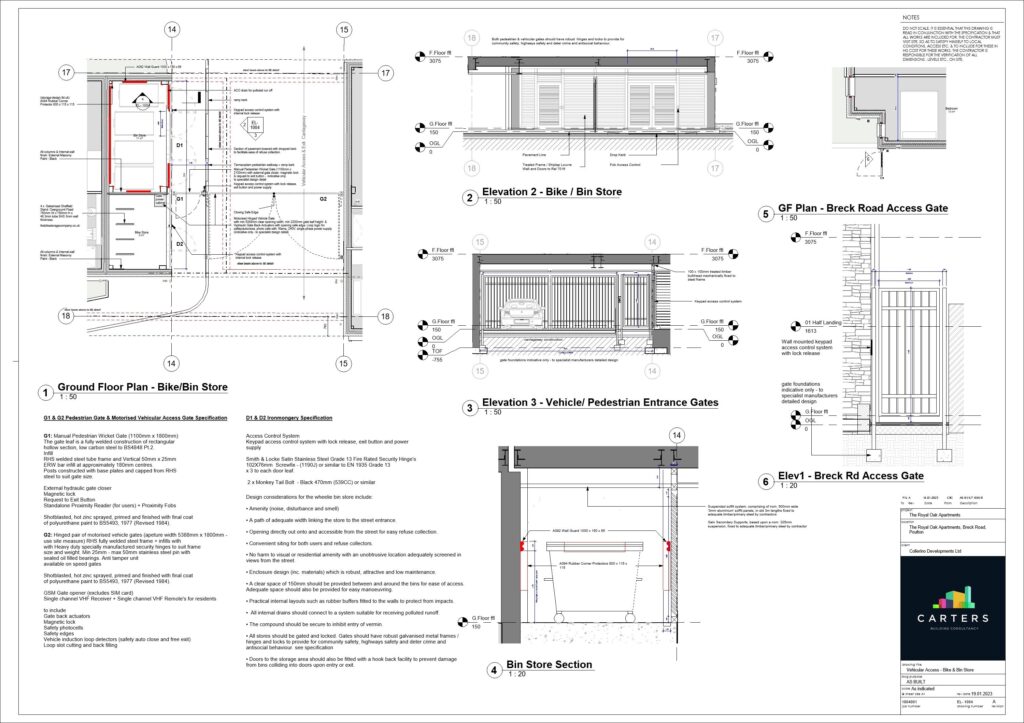
Topographical Considerations:
Understanding the topography of the site is crucial in determining the layout, orientation, and spatial organisation of the proposed structure. By analysing elevation changes, slope gradients, and geological features, architects can optimise site utilisation and minimise the need for costly earthworks.
Environmental Assessment:
Assessing environmental factors such as solar orientation, prevailing winds, and microclimatic conditions enables architects to harness natural resources efficiently and mitigate adverse environmental impacts. Passive design strategies, such as optimising solar access and natural ventilation, can significantly reduce energy consumption and enhance occupant comfort.
Contextual Integration:
Contextual analysis involves examining the surrounding built environment, cultural heritage, and community context to ensure that the proposed design harmonises with its surroundings and respects local aesthetics and traditions.
By responding sensitively to contextual cues, architects can create cohesive and culturally resonant architectural interventions.
Utility and Infrastructure Assessment:
Evaluating the availability of utilities, infrastructure, and transportation networks on the site is essential in determining the feasibility and viability of the proposed project.
By considering factors such as access to water, electricity, sewage, and public transportation, architects can optimise site selection and minimise logistical challenges.
Regulatory Compliance:
Familiarising oneself with local zoning regulations, building codes, and planning policies is essential to ensure regulatory compliance and obtain necessary approvals for the project.
By conducting a thorough regulatory analysis, architects can navigate the complex legal framework governing land use and development, thereby avoiding potential delays and setbacks.
Site Constraints and Opportunities:
Identifying site constraints such as easements, setbacks, and environmental hazards, as well as opportunities such as scenic views and natural amenities, empowers architects to devise creative design solutions that capitalise on the site's inherent qualities while mitigating potential challenges.
At Carter's Building Consultancy, we offer comprehensive site analysis services to assist clients in making informed decisions and optimising the design process.
Our team of experienced urban planners conducts detailed site assessments, utilising advanced mapping tools, aerial surveys, and geographic information systems (GIS) to gather accurate data and insights.
By leveraging our expertise in site analysis, clients benefit from optimised designs that seamlessly integrate with their surroundings, enhance sustainability, and maximise the value of their investment.
Whether embarking on a new construction project or renovating an existing structure, our tailored approach ensures that each design solution is tailored to the unique context and requirements of the site.
For more information on how Carter's Building Consultancy can assist you with site analysis in architectural design, visit our website or contact us today.
Let us help you unlock the full potential of your site and bring your architectural vision to life.

